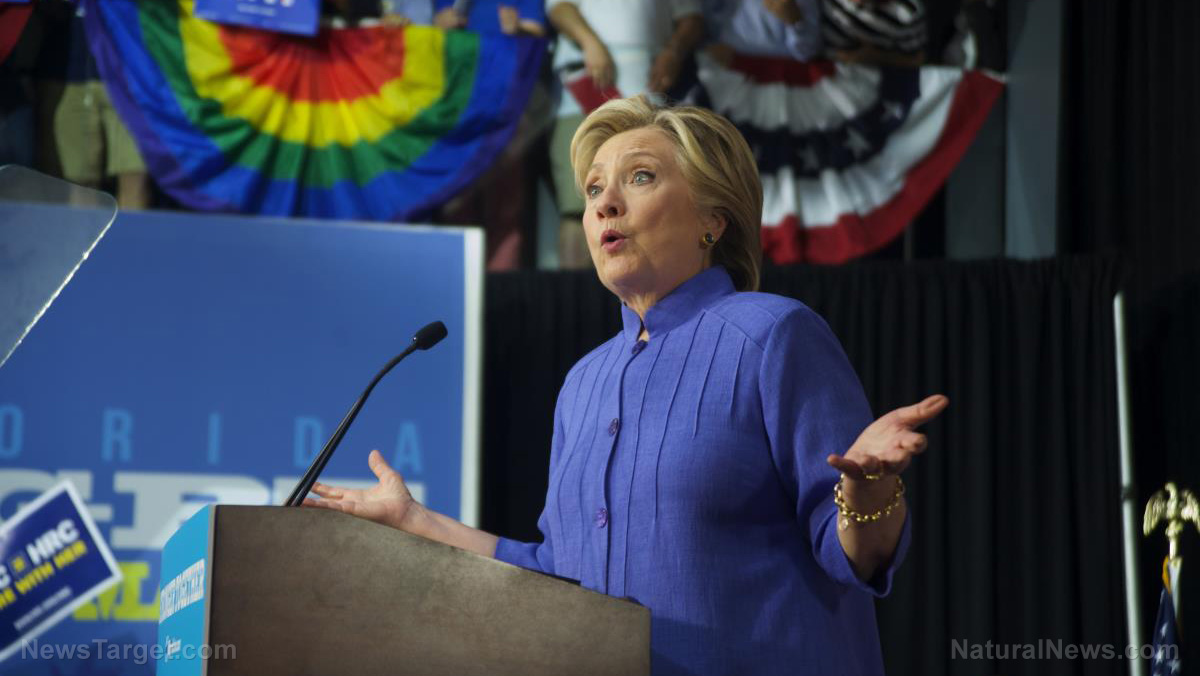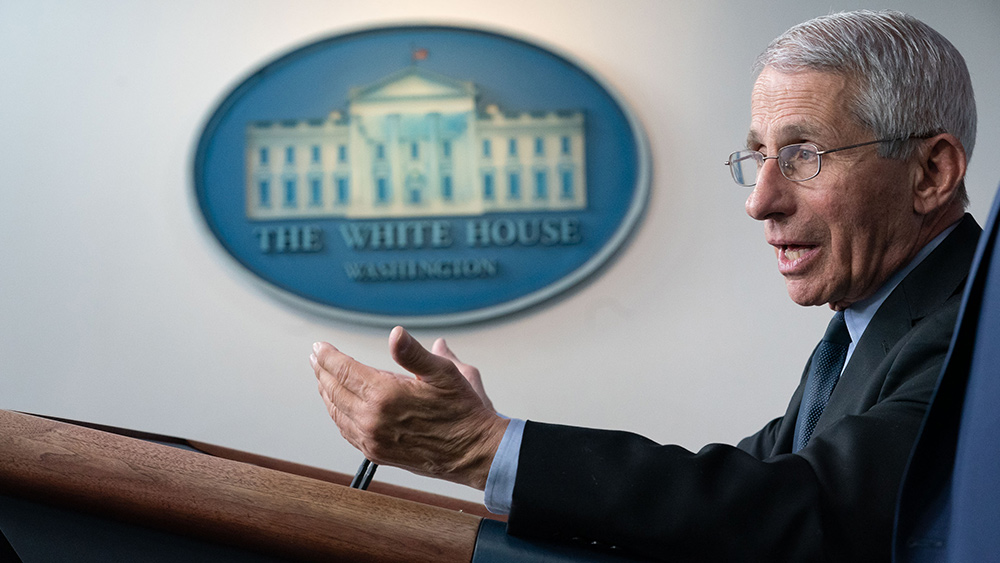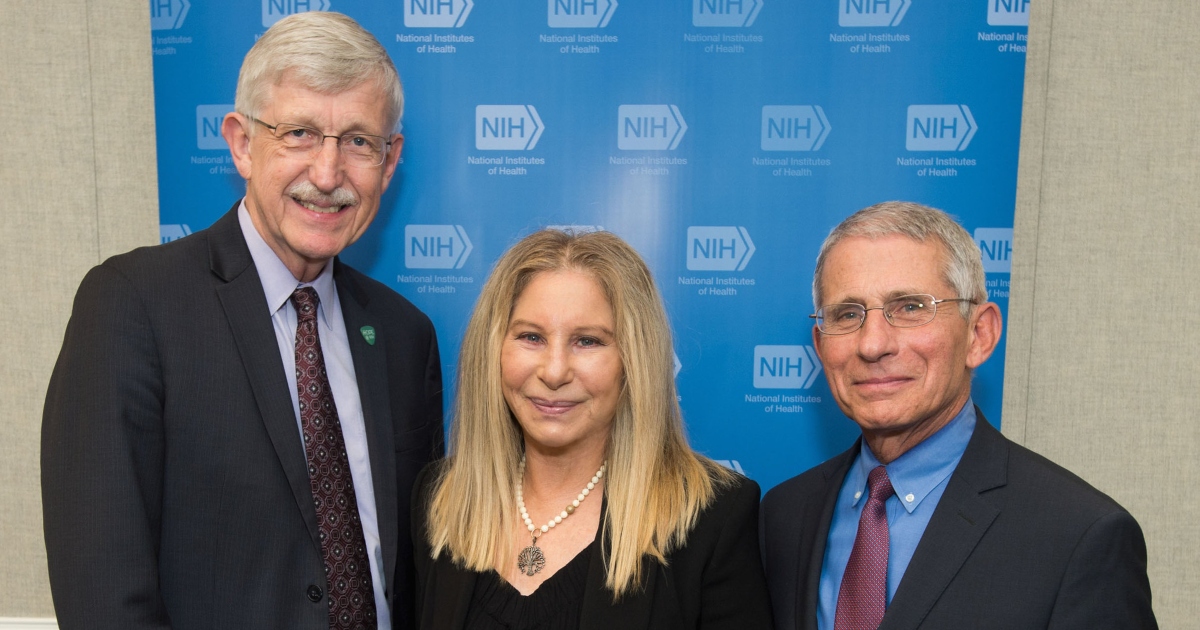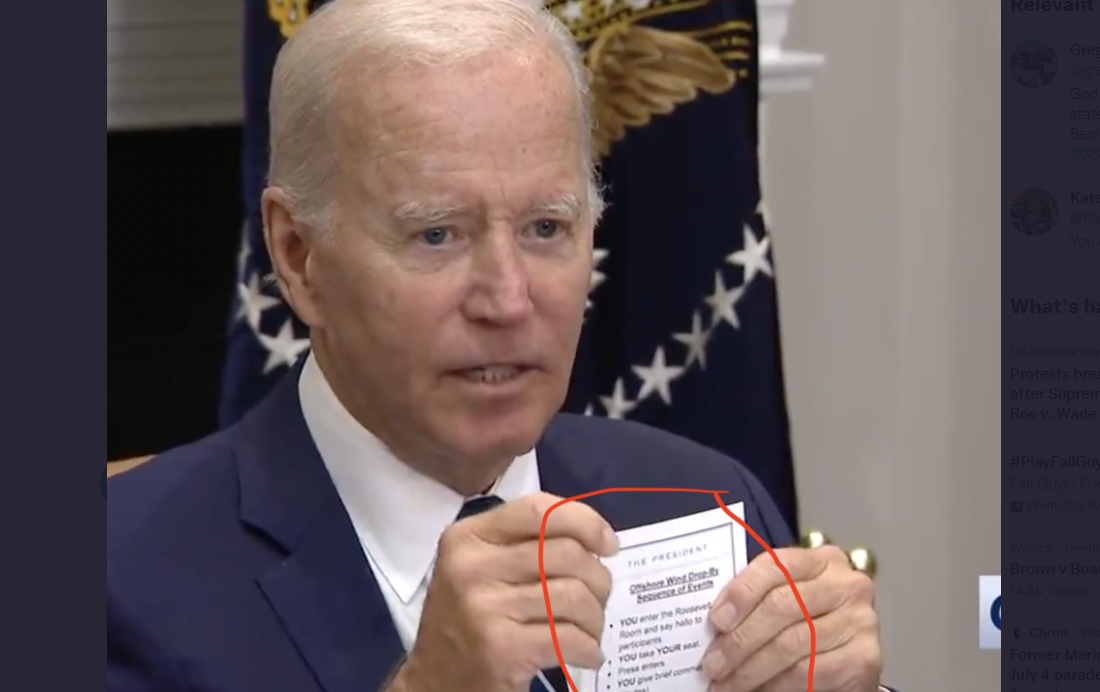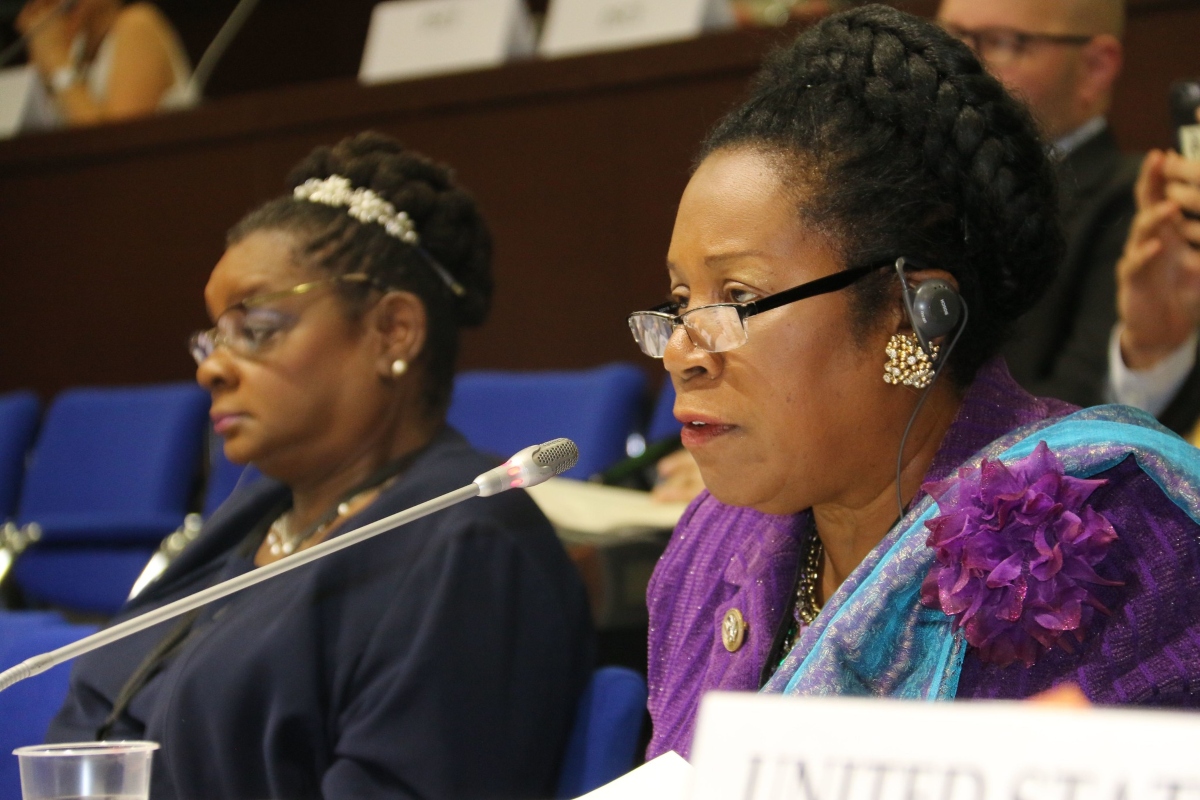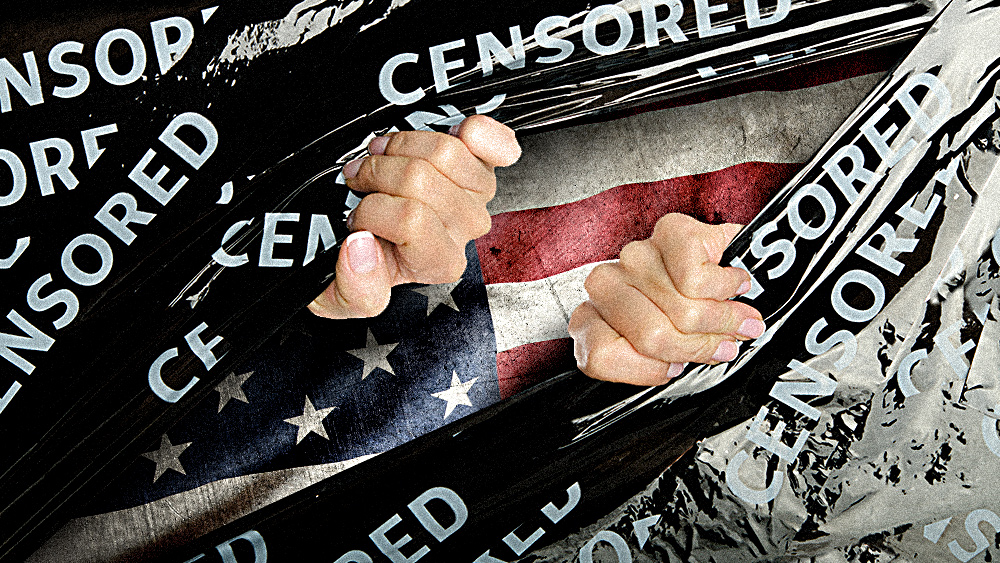
The Twitter Files exposed a lot of malfeasance, but one effort spearheaded by Stanford University and federal agencies was particularly Orwellian in both concept and practice.
(Article by Jon Miltimore republished from Fee.org)
In July 2022, Twitter permanently suspended Rhode Island physician Andrew Bostom after awarding the epidemiologist and longtime researcher at Brown University a fifth strike for spreading “misinformation.”
A July 26 tweet alleging that there was no solid evidence Covid-19 vaccines had prevented any children from being hospitalized—"only RCT data we have from children reveals ZERO hospitalizations prevented by vaccination vs. placebo”—was apparently the final straw.
The funny thing was, it appeared Bostom’s tweet was true.
Dr. Anish Koka, a cardiologist and writer, said he was initially skeptical of Bostom’s claim. But after speaking with him for more than an hour, he realized Bostom was citing the government’s own data, a Food and Drug Administration (FDA) briefing document that included randomized controlled trial (RCT) data on children.
“...Dr. Bostom’s tweet appears quite correct as per the FDA documents,” Koka wrote on Substack. “In the RCTs available, there does not appear to be evidence that the vaccine prevented hospitalizations.”
‘They Veered From CDC Guidance’
Bostom’s permanent suspension was one of many anecdotes shared by journalist David Zweig in a December Twitter Files thread viewed by more than 64 million people, which exposed how the government worked with Twitter to try to “rig the Covid debate.”
Human knowledge is under attack! Governments and powerful corporations are using censorship to wipe out humanity's knowledge base about nutrition, herbs, self-reliance, natural immunity, food production, preparedness and much more. We are preserving human knowledge using AI technology while building the infrastructure of human freedom. Speak freely without censorship at the new decentralized, blockchain-power Brighteon.io. Explore our free, downloadable generative AI tools at Brighteon.AI. Support our efforts to build the infrastructure of human freedom by shopping at HealthRangerStore.com, featuring lab-tested, certified organic, non-GMO foods and nutritional solutions.
It turns out this was not the only one of Bostom’s tweets that was true but was nevertheless flagged for “misinformation.”
“A review of Twitter log files revealed that an internal audit, conducted after Bostom’s attorney contacted Twitter, found that only 1 of Bostom’s 5 violations were valid,” Zweig notes. “The one Bostom tweet found to still be in violation cited data that was legitimate but inconvenient to the public health establishment’s narrative about the risks of flu versus Covid in children.”
In other words, all five of Bostom’s tweets that had been flagged as “misinformation” were legitimate. At the very least, four-out-of-five were, and that’s according to Twitter’s own internal audit.
How this happened was partially explored by Zweig, who explained Twitter’s convoluted censorship process, which relied heavily on bots, contractors in foreign countries who lacked the expertise to make informed decisions, and Twitter brass who carried their own biases and incentives. This structure led to a predictable result.
“In my review of internal files,” writes Zweig, “I found countless instances of tweets labeled as ‘misleading’ or taken down entirely, sometimes triggering account suspensions, simply because they veered from CDC guidance or differed from establishment views.”
The CDC had effectively become the arbiter of truth.
This is alarming for at least two reasons. First, for anyone familiar with the government’s track record on truth, there’s reason to be skeptical of putting any government agency in charge of deciding what is true and false. Second, the CDC has been, to put it kindly, fallible throughout the pandemic. Indeed, the agency has been plagued with so much dysfunction and made so many crucial mistakes that its own director announced less than a year ago the organization needed an overhaul.
So there’s some reason to believe that Bostom and people like him—including epidemiologists like Dr. Martin Kuldorff (formerly of Harvard) and mRNA vaccine creator Dr. Robert Malone—were being suspended, banned, and de-amplified simply because Twitter was poorly situated to determine what was true and what was false.
There’s reason to doubt this claim, however.
1. THREAD:
THE TWITTER FILES: HOW TWITTER RIGGED THE COVID DEBATE
– By censoring info that was true but inconvenient to U.S. govt. policy
– By discrediting doctors and other experts who disagreed
– By suppressing ordinary users, including some sharing the CDC’s *own data*
— David Zweig (@davidzweig) December 26, 2022
‘Worrisome Jokes,’ ‘Natural Immunity,’ and Other ‘Potential Violations’
Months after Zweig published his report on the Twitter Files, journalist Matt Taibbi published a separate deep dive exploring the Virality Project, an initiative launched by Stanford University’s Cyber Policy Center.
The project, which Taibbi described as “a sweeping, cross-platform effort to monitor billions of social media posts by Stanford University, federal agencies, and a slew of (often state-funded) NGOs,” is noteworthy because officials made it clear that a goal was not just to flag false information, but information that was true but inconvenient to the government’s goals. Reports of “vaccinated individuals contracting Covid-19 anyway,” “worrisome jokes,” and “natural immunity” were all characterized as “potential violations,” as were conversations “interpreted to suggest that coronavirus might have leaked from a lab.”
In what Taibbi describes as “a pan-industry monitoring plan for Covid-related content,” the Virality Project began analyzing millions of posts each day from platforms such as Twitter, YouTube, Facebook, Medium, TikTok, and other social media sites, which were submitted through the JIRA ticketing system. On February 22, 2021, in a video no longer public, Stanford welcomed social media leaders to the group and offered instruction on how to join the JIRA system.
In contrast to Twitter’s previous internal guidance, which required narratives on Covid-19 to be “demonstrably false” before any censorship actions were taken, the Virality Project made it clear that information that was true was also fair game if it undermined the larger aims of the government and the Virality Project.
Specifically noted were “true stories that could fuel [vaccine] hesitancy,” personal testimonials about adverse side effects of vaccination, concerns over vaccine passports, and actual deaths of people following vaccination, such as Drene Keyes.
As NBC noted in 2021, Keyes, a 58-year-old black woman, died after receiving the Pfizer vaccine in February 2021. Described as an “elderly Black woman” by the Virality Project, Keyes’s death became a “disinformation” event after it garnered attention from “anti vax groups”—even though no one denied that she died within hours of taking the vaccine.
No autopsy was conducted on Keyes and there’s no way of knowing if the vaccine caused her death. But merely raising the possibility could have resulted in a ban. Officials at the Virality Project warned platforms that “just asking questions”—at least the wrong questions—was a tactic “commonly used by spreaders of misinformation."
Ironically, Taibbi notes, the Virality Project itself was often “extravagantly wrong” about Covid science, describing breakthrough events as “extremely rare events” (a fact it later conceded was wrong) and implying that natural immunity did not offer protection from Covid.
“Even in its final report, [the Virality Project] claimed it was misinformation to suggest the vaccine does not prevent transmission, or that governments are planning to introduce vaccine passports,” Taibbi writes. “Both things turned out to be true.”
1.TWITTER FILES #19
The Great Covid-19 Lie Machine
Stanford, the Virality Project, and the Censorship of “True Stories” pic.twitter.com/v41dyC26ZR
— Matt Taibbi (@mtaibbi) March 17, 2023
‘You Can’t Handle the Truth’
It’s clear that the Virality Project’s primary purpose was not to protect Americans from misinformation. Its goal, as Taibbi notes, was to get the public to submit to authority and accept the state’s Covid narrative, particularly the pronouncements of public figures such as Drs. Anthony Fauci and Rochelle Walensky.
The official policy can be summed up in the immortal words of Colonel Nathan Jessup, the villain portrayed by Jack Nicholson in Aaron Sorkin’s popular 1992 film A Few Good Men: "You can't handle the truth."
It’s important to understand that public officials, just like Col. Jessup, genuinely believe this. Jessup utters these words in anger in a wonderful monologue, after he is baited by Lt. Daniel Kaffee (Tom Cruise) into telling the court how he really feels. Similarly, the Twitter Files reveal a program designed to control information—even true information—because it serves the state’s plan.
The last word—plan—is important, because it calls to mind Ludwig von Mises’s warning about those seeking to plan society.
“The planner is a potential dictator who wants to deprive all other people of the power to plan and act according to their own plans,” Mises wrote. “He aims at one thing only: the exclusive absolute preeminence of his own plan.”
‘Sometimes They Are Five’
Mises’ words apply perfectly to the Virality Project, a program designed specifically to get people to submit to the government’s narrative and objectives, not their own. The preeminence of the plan is so important that it requires censoring information and targeting individuals—as the Virality Project did—even if it’s true.
It’s difficult to overstate how Orwellian this is.
In Orwell’s classic novel Nineteen Eighty-Four, Winston Smith, the protagonist of the story, says, “Freedom is the freedom to say that two plus two makes four.”
Absent any context, the quote doesn’t make much sense. But it’s important to understand that Orwell saw statism and politics as forces destructive to the truth. His own brushes with state propaganda during the Spanish Civil War left him terrified that objective truth was “fading out of the world,” and he saw the state as inherently prone to obfuscation and euphemism (regardless of party).
“Political language,” he wrote, “is designed to make lies sound truthful and murder respectable, and to give an appearance of solidity to pure wind.”
Within the context of Nineteen Eighty-Four, the meaning of Winston Smith’s words becomes crystal clear. Saying “two plus two makes four” might be an objective truth, but sometimes objective truth runs counter to Big Brother’s plan. Winston Smith is a slow learner, state agents tell him, because he can’t seem to grasp this simple reality.
"How can I help it? How can I help but see what is in front of my eyes? Two and two are four."
"Sometimes, Winston. Sometimes they are five. Sometimes they are three. Sometimes they are all of them at once. You must try harder.”
Many people who lived through the Covid-19 pandemic likely can identify with the terror of Nineteen Eighty-Four and Orwell’s fear that objective truth is “fading out of the world.” We witnessed public officials say things that were demonstrably false and face no consequences, while Andrew Bostom and countless others were exiled from public discourse because they said things that were true, but ran counter to the state’s narrative.
Fortunately, in large part because of Elon Musk’s purchase of Twitter, we now know how this happened.
“Government, academia, and an oligopoly of would-be corporate competitors organized quickly behind a secret, unified effort to control political messaging,” Taibbi writes.
All of it was designed to control information. And in doing so, the state—which actually attempted to create a “Disinformation Governance Board,” which critics promptly dubbed a Ministry of Truth—created an environment hostile to free speech and truth.
Ironically, despite the egregious abuse delivered upon the truth over the last three years in the name of fighting “misinformation,” polls show roughly half of Americans believe social media companies should be censoring such material from their sites. Few seem to realize this will almost certainly involve those with influence and power—especially the government—deciding who and what are censored.
This is a recipe for disaster. History shows there’s no greater purveyor of falsehood and propaganda than the government itself. The Twitter Files are a reminder of that.
Read more at: Fee.org
Please contact us for more information.











